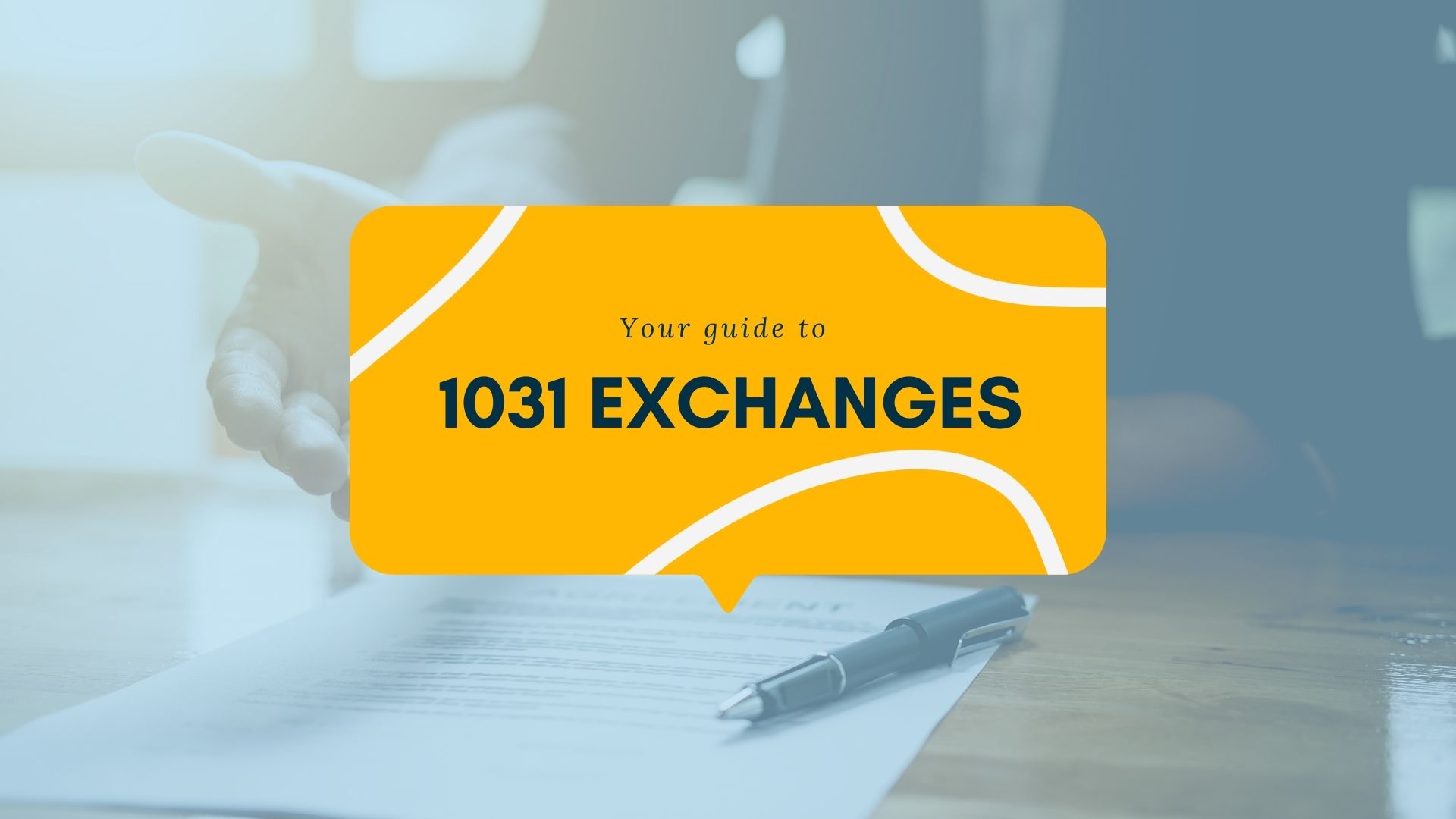Cap rates, liquidity, per-door pricing… There is a lot of real estate jargon that gets thrown around. And, if you are relatively new to real estate investing, you might not be sure what it all means. We are all about getting down to the details and providing hands-on advice here at The Executive REI Show. No matter where you are on your real estate investing journey, we want you to be equipped with information and knowledge
In this solo episode of the Executive REI show, host Michael Holman answers some questions brought forward by listeners. We cover a lot of ground as Michael gives practical advice on how to navigate some areas like investing with little money, different investment returns, cap rates, and if you can get your money back after an investment. Let’s dive in and take a deeper look.
Investing with little money
Real estate investing can be pretty appealing. It’s cool, it’s trendy, and it’s full of people showing off their lavish lifestyle from investment returns. And yet, it’s not always easy. There’s real money at stake and a lot of hard work involved. If someone is interested in getting started, they might wonder, is there a way to get into real estate when you do not have much money to invest?
The fact of the matter is that you do need some money. If you’re sitting with less than $25,000 to invest, you won’t have a ton of options. The first priority is to find something where you can earn some money and save up a larger sum. More money to invest will give you a variety of options. However, it is possible to get started with little money, and the options depend on whether you are interested in passive or active investment.
Passive Investment
If you have a small sum of money, you will have fewer passive investment opportunities. Syndicators are usually looking for people to cut a larger cheque, as do partners. However, you can often find a partner in the single-family real estate space. Some other options for passive investment with little money include:
- Crowdfunding websites that are direct real estate investments, such as CrowdStreet, which allow you to pool money with other investors. While you are investing in real estate, you miss out on some of the returns and tax benefits of doing it yourself.
- Crowdfunding websites that indirectly invest in real estate, such as Fundrise. These companies are trying to make it as easy as investing in the stock market, and you can expect similar returns to the stock market, not the higher returns of direct real estate investing.
Active options
There are more options for someone who has little money but wants to become an active investor. Syndication is a viable option since it requires going out and connecting with people to make deals. You need to know a lot about the deal, the business, and the finances behind it. You also need to be able to convince people to trust you with their money. Syndication is challenging, and can turn into a full-time job. But, if you are starting out with just a small sum, consider looking at is an option and becoming an active real estate investor.
Different kinds of investment returns
People want to invest in real estate for the returns. It can be a fun, interesting, and fulfilling thing to do, but ultimately it is about making money and building generational wealth. There are a few ways to look at real estate investing returns, and it can get kind of confusing. For example, one listener asked: what are cash on cash returns? How do they relate to the total returns from your investment?
Cash on cash returns are the actual, physical cash received from your investment divided by the total. So, if you invested $100,000 into some real estate and received a $5,000 return into your bank account, the cash on cash return is 5%. People like using this figure because it represents the “real money” and is immediate.
This calculation doesn’t tell the full story of investment returns, though. There are actually three things that make up a total return:
- Cash on cash return, as discussed.
- Appreciating value of the asset. How much value did you add with upgrades and over time? The appreciation on the value of an asset can increase significantly and makes up the bulk of your return.
- Reduction in loans. As you pay off a loan, you build up equity. So, when you go to refinance the loan or sell the asset, you receive a capture of that equity build up.
Each investment type will look a little different, but all three of these things are going into it. So, while a cash on cash return might hover around 7-8%, the value of the asset appreciating is what may bring up that deal to the 15-20% returns that people chase after. It’s important to review all aspects of the investment instead of just looking at cash on cash return to determine if something is a good deal.
Cap rates for different markets
Cap rates, or the capitalization rate, is the rate of return on a real estate investment property calculated by comparing the value of the investment to the income generated by it. The formula to calculate it, simply, is the operating income divided by the purchase price. One listener was curious and asked: what cap rate do you consider good to above average in this market?
The answer is: it depends. Each market is completely different, depending on location, type of asset and many other factors. Based on Michael’s experience, though, we can draw some general conclusions:
- Apartment complexes and multi-family investments generally have low cap rates in the 4% range. Apartments will be some of the lowest cap rates.
- Industrial real estate is a very hot market and can bring in higher cap rates.
- Hospitality industry have some of the highest cap rates because they are creating a lot of cashflow with their operations.
- Self-storage cap rates are around 5-6%, but can vary significantly.
- Offices vary widely from market to market, making it difficult to predict.
In general, consider each deal on its own and compared to the immediate market it’s in. It’s not useful to try and compare across asset classes or across regions. Instead, evaluate the deals on their own to determine what an appropriate cap rate might be.
Average per-door prices
There are a lot of opportunities in the multi-family real estate space, such as apartment buildings. One listener shared that in the past, a lender said that apartments should not be more than $130,000 per door. What are enders saying these days for the price per door?
Like most things in real estate investing, the answer is that it depends. Markets can vary significantly, as can lenders. In Michael’s experience in the Arizona and Utah markets, price per door is usually around $250-300,000 at this time. However, it will vary based on the project, asset type, and location.
Ultimately, price per door is not usually a question that investors get too hung up about. Lenders do not usually demand to have an answer on the price per door. It is useful to do some research on the norms in your area, but in general, consider the overall investment and deal, rather than focusing on the exact price per door.
Liquidity for investments
New investors need to be cautious with their money and understand where it’s going to. They want to make sure they are part of a good deal that will bring in some good returns. After all, once you invest money, you are trusting the sponsor of the deal to take care of it. One listener asked: how does liquidity work? If you need to exit an investment during the hold period, how liquid is that investment?
There are two answers here—the formal answer and the “in practice” answer. Formally, if you have invested in a deal, you should consider your money illiquid during that holding period. The sponsor will give an estimated time period to hold those funds in order to achieve some returns on the project. You need to be prepared that you will not get your money back during that time.
In practice, though, Michael explains that most sponsors will be understanding that things come up and circumstances change. So, if you need to drop out and get your money back, they will just fill your spot with another investor and return your funds. This ultimately is up to the sponsor, though, so it should not be seen as an option when going into the deal. Make sure that you carefully consider your options before putting any money into real estate investments.
Conclusion
The world of real estate investing can be complex and even overwhelming, especially for someone new to the industry. That’s why we strive to provide practical and hands-on advice for listeners. If you want Michael to answer your question on a future episode of The Executive REI Show, click here to ask a question.



